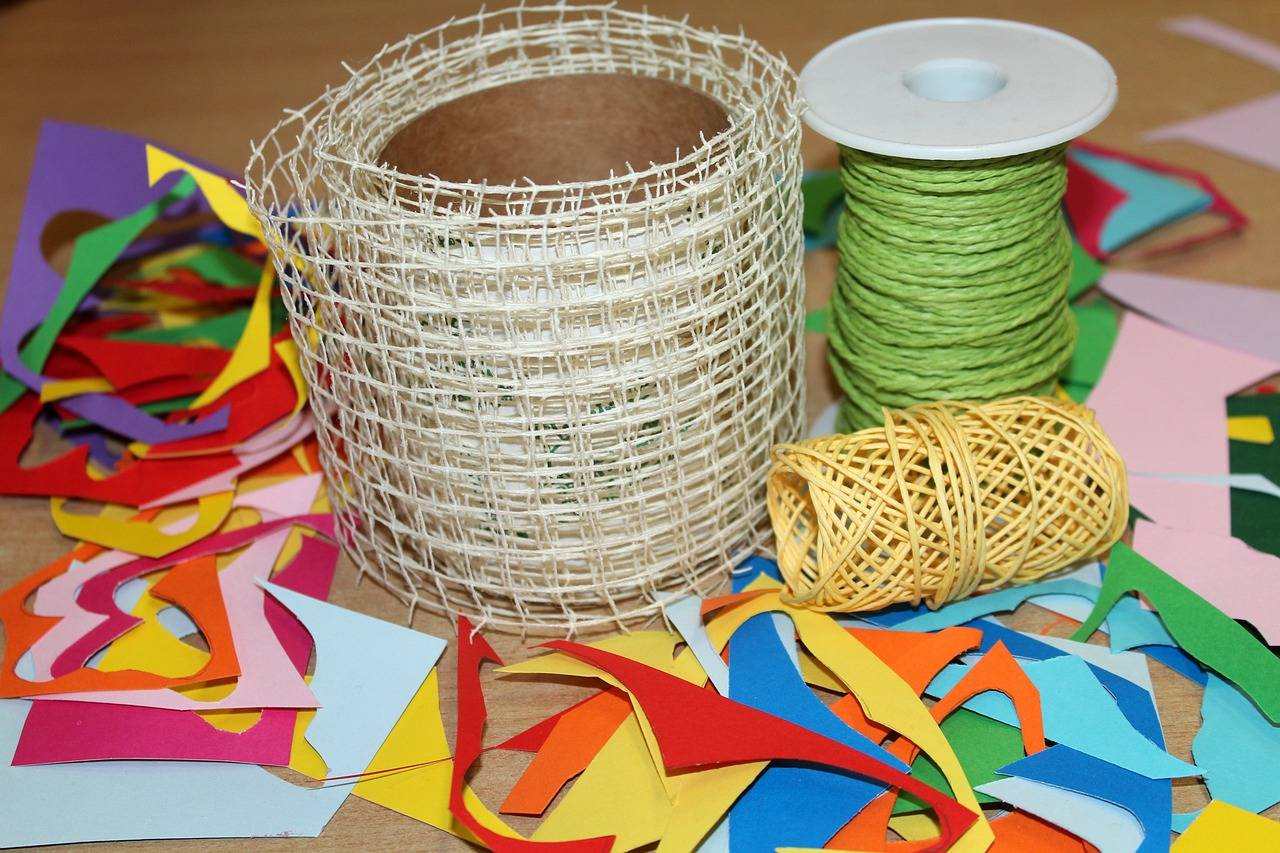Promoting Creativity in Education: Techniques for Teachers
Fostering creativity in the classroom is crucial for the holistic development of students. Encouraging creativity helps students think outside the box, explore new ideas, and develop critical thinking skills. By nurturing creativity, educators empower students to tackle challenges with innovation and originality, preparing them for the complexities of the modern world.
Creativity fosters a growth mindset in students, enabling them to approach learning with enthusiasm and open-mindedness. Embracing creativity in the classroom inspires students to be curious, take risks, and view mistakes as opportunities for learning and growth. It is through cultivating creativity that students can fully express themselves, build confidence, and cultivate a deeper appreciation for the beauty of learning.
Understanding the Role of the Teacher in Encouraging Creativity
Teachers play a crucial role in fostering creativity in the classroom. By providing opportunities for exploration and experimentation, teachers can inspire students to think outside the box and come up with innovative solutions to problems. Encouraging students to take risks and embrace failure as a learning opportunity can help them develop their creative thinking skills.
In addition to providing a supportive environment, teachers can also serve as role models for creativity. By demonstrating their own creative processes and sharing their passion for learning, teachers can inspire students to tap into their own creative potential. Encouraging collaboration and open communication can further enhance the creative atmosphere in the classroom, allowing students to bounce ideas off each other and build upon each other’s strengths.
Creating a Positive and Supportive Learning Environment
A positive and supportive learning environment is essential for fostering creativity and allowing students to thrive. When students feel safe, valued, and encouraged in their learning space, they are more likely to take risks, think critically, and explore their creativity. Teachers play a crucial role in creating this environment by showing empathy, offering constructive feedback, and emphasizing the importance of collaboration.
By promoting open communication, active listening, and respect for diverse perspectives, teachers can help students feel empowered to express their ideas and think outside the box. Setting clear expectations, providing opportunities for hands-on learning experiences, and celebrating students’ achievements can further contribute to a positive and supportive atmosphere where creativity can flourish.
How does fostering creativity in the classroom benefit students?
Fostering creativity in the classroom helps students develop critical thinking skills, problem-solving abilities, and encourages them to think outside the box.
What can teachers do to encourage creativity in their students?
Teachers can encourage creativity by providing opportunities for hands-on learning, allowing for open-ended projects, and creating a safe space for students to express their ideas.
How can a positive and supportive learning environment impact student success?
A positive and supportive learning environment can boost student confidence, improve academic performance, and foster a love for learning.
What role does the teacher play in creating a positive and supportive learning environment?
Teachers play a crucial role in creating a positive and supportive learning environment by setting clear expectations, providing constructive feedback, and fostering a sense of community in the classroom.
How can students contribute to a positive and supportive learning environment?
Students can contribute to a positive and supportive learning environment by respecting their peers, actively participating in class discussions, and supporting one another’s learning journey.





